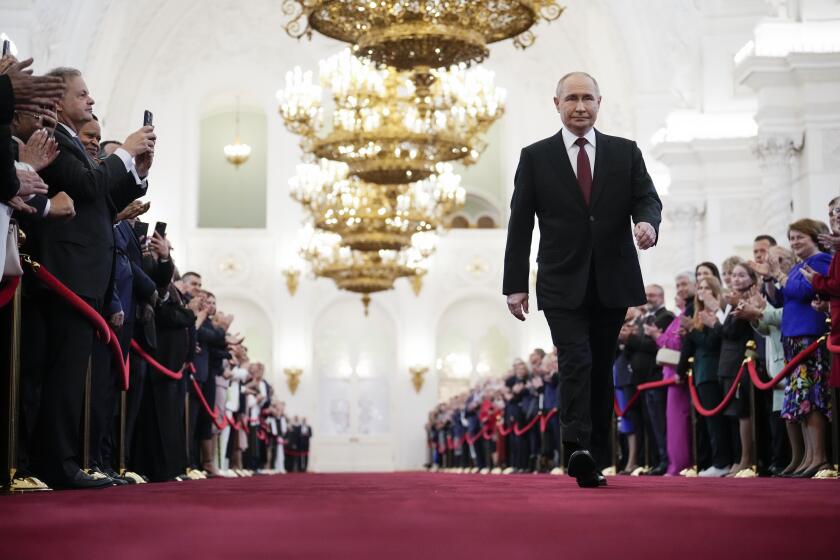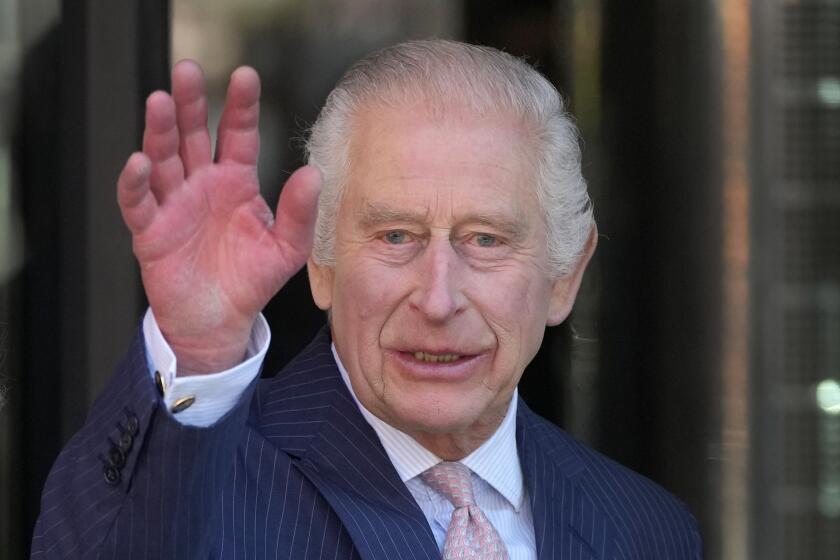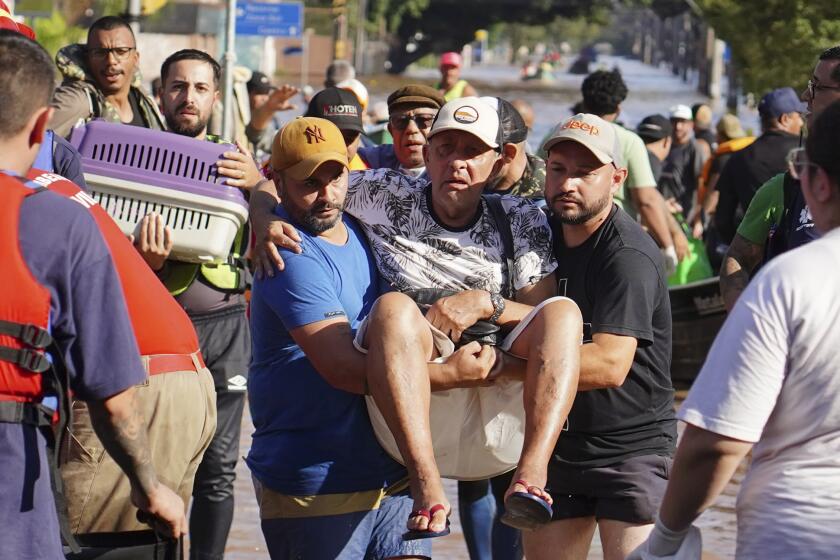Probe Launched of Levee Breaks in New Orleans
The Army Corps of Engineers said Wednesday it was launching a formal investigation into the failure of storm walls and levees in New Orleans during Hurricane Katrina, which inundated 80% of the city and caused hundreds of deaths.
Since the Aug. 29 failure of three concrete walls that protected New Orleans from storm surges, Army engineers have issued a number of informal assessments and conclusions, but the organization had not moved forward until now with any formal investigation.
The probe is expected to take eight months, a corps spokesman in New Orleans said. The board has not yet been appointed but would include both corps and outside experts, run out of the corps’ Washington headquarters, he added.
Disclosure of the investigation, however, left some experts in Louisiana arguing that the failures should be examined by an independent federal commission, similar to the board that studied the Columbia space shuttle accident.
The storm walls were along two drainage canals and a large shipping channel, part of New Orleans’ complex flood control system. Five separate breaches occurred in the walls, some hundreds of feet in length, opening up the city to a surges of water 11 feet or more above sea level. Much of New Orleans lies below sea level.
The initial assessments laid the blame for the failures on the severity of Katrina. The flood control structures were originally designed to protect the city from a Category 3 hurricane. When Katrina first hit the Louisiana coastline, it was a Category 4. That assessment virtually eliminated any consideration that defects in the design or construction could have played a role in the failures.
The investigation will examine the design, construction and inspection of the storm wall system, as well as contract documents, to determine the causes of the failures, the Army spokesman said.
But Ivor van Heerden, deputy director at Louisiana State University’s Hurricane Center, said wreckage from the storm walls should be removed from the canals to a site where a forensic engineering investigation could be conducted. He added that all of the diagrams and technical data involving the construction of the storm walls should be available to the investigation board.
“We suggested that just as in a criminal investigation, you gather all of the information and do a good analysis,” Van Heerden said. “Instead, they are burying the wall segments that failed.”
Van Heerden said a university engineering team had met with Army officials Tuesday night and agreed to begin conducting joint assessments of the failures at the site on Wednesday. But the planned trip was canceled for unknown reasons at the last minute, Van Heerden said.
Sen. Mary L. Landrieu (D-La.) and other elected leaders have called for a wide-ranging independent investigation of the hurricane’s impact. But Landrieu and others have focused their attention on the alleged failures of federal emergency personnel after the hurricane, rather than the technical causes of the flooding.
The corps also said Wednesday that it planned to restore New Orleans’ levee and storm protection system to pre-hurricane levels by June 2006, meaning the city must go through the rest of this hurricane season with a compromised levee system.
Apart from the breaches in the storm walls, Hurricane Katrina damaged or destroyed hundreds of miles of levees, particularly those protecting the city’s eastern flank. It also badly scoured levee foundations along miles of the main levee system for the Mississippi River, south of New Orleans. A large storm surge is believed to have swept over the top of the levees and badly eroded the earthen structures. In some areas, the levees disappeared altogether.
Rebuilding those levees, even over the next nine months, is expected to require a massive construction effort.
More to Read
Start your day right
Sign up for Essential California for news, features and recommendations from the L.A. Times and beyond in your inbox six days a week.
You may occasionally receive promotional content from the Los Angeles Times.







